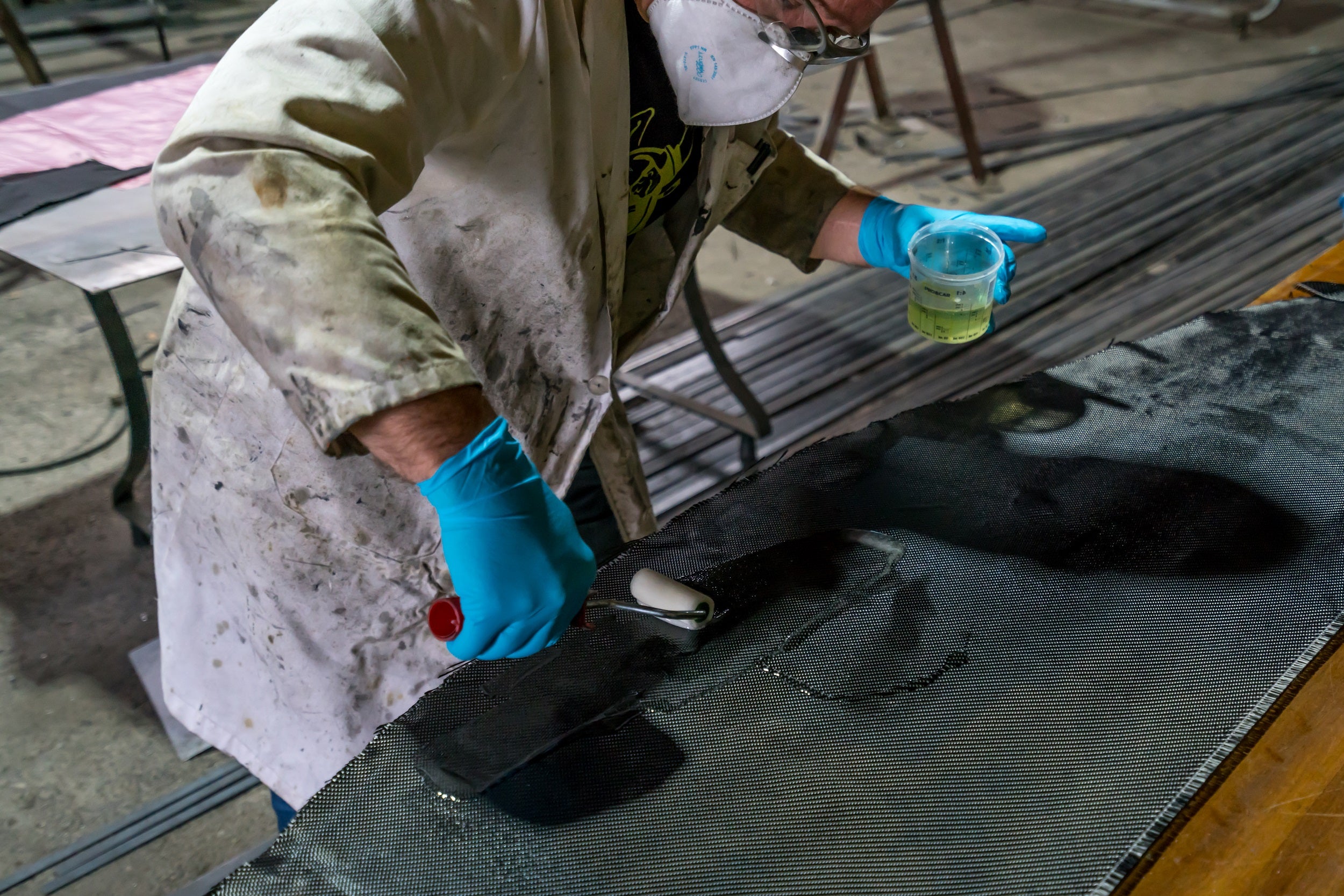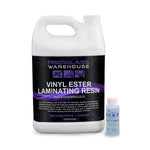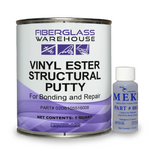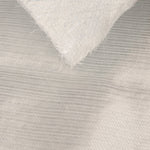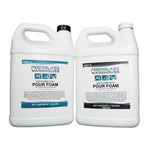You have no items in your shopping cart.
Tips and Tricks for Working with Carbon Fiber and Resin
Carbon fiber is a versatile material that is commonly used in automotive, aerospace, and sports industries. However, it has also gained popularity in the DIY community for its lightweight, strength, and aesthetic appeal. Working with carbon fiber and resin can be challenging, but with a few tips and tricks, you can achieve professional-grade results. In this blog post, we'll share some useful tips and tricks for working with carbon fiber and resin.
Choose the Right Carbon Fiber
The first step in working with carbon fibers is choosing the right one for your project. Carbon fiber comes in different grades, weights and strengths. You need to choose the right one that can handle the loads and stresses your project will experience. Our carbon fiber comes as a fabric that you can buy in different lengths and widths.
Our 5.6 ounce twill weave carbon is our most popular because of it’s good looks. The weave creates a classic carbon fiber look. Many people like to use carbon particularly the twill weave with epoxy resin because it shows the carbon off nicely. Twill weave conforms to curves easier than a plain weave.
The 5.6 ounce plain weave carbon fiber is also popular. It has uniform strength horizontally and vertically. It is also recommended to be used with epoxy resin. Epoxy is a premium grade resin and if you are paying big money for carbon, you will want to pair it with a good quality resin.
There are heavier weight carbons as well as different weaves such as 5 harness satin. The heavier the carbon, the stronger and thicker the laminate will be. It will also be heavier. The thicker carbon fabrics give off a different look than the lighter weight carbon fabrics.
Prepare the workspace
Before starting to work with resin and carbon fiber, you need to prepare your workspace. You must have adequate ventilation and personal protective equipment like gloves, goggles, and a respirator to avoid any health hazards.
Make sure the area is clean. There is nothing worse than getting dust or other contaminates in your laminate where you are trying to show off the carbon look.
Measure and cut precisely
Accurate measurements and precise cuts are essential when working with carbon fiber. It would help if you used sharp shears to cut the carbon fiber fabric, and mark the cut points with a marker to ensure accuracy. You should also keep in mind the orientation and direction of the fibers while cutting them to achieve the desired strength and stiffness as well as the look you are going for.
Mix resin accurately
The resin is an essential component of working with carbon fiber, and its mixing ratio must be accurate. You need to mix the resin and hardener in the correct ratio as per the manufacturer's instructions. A mixing cup, stirrer, and scale can help you ensure accuracy in mixing and measuring resin. You should also stir the mixture thoroughly scraping down the mixing cup as you go to distribute the hardener evenly.
Apply the resin and fiber correctly
Applying the resin to the carbon fiber correctly is crucial for creating a strong and durable product. You need to lay the carbon fiber fabric in the desired orientation and apply the resin mixture evenly using a brush or roller. You should make sure that each layer is thoroughly saturated with resin and that there are no air bubbles or dry spots. The 2x2 twill can distort if you use too much force to work in the resin. Finesse the resin into the fabric.
Cosmetic Considerations
When using carbon fiber as a cosmetic, such as skinning an automotive part, it is necessary to top coat the carbon/resin laminate with a UV protected polyurethane automotive clear coat. This will protect the resin from discoloring. UV rays will yellow the epoxy resin.
Conclusion
Working with carbon fiber and resin can be challenging but rewarding. With proper tips and tricks, you can achieve professional results and create innovative and durable products. Choosing the right carbon fiber, preparing the workspace properly, measuring and cutting precisely, mixing the resin accurately, and applying the resin and fiber correctly are some essential tips for working with carbon fiber and resin. Follow these tips, and you will be on your way to creating stunning products that are both strong, lightweight and cosmetically pleasing.



